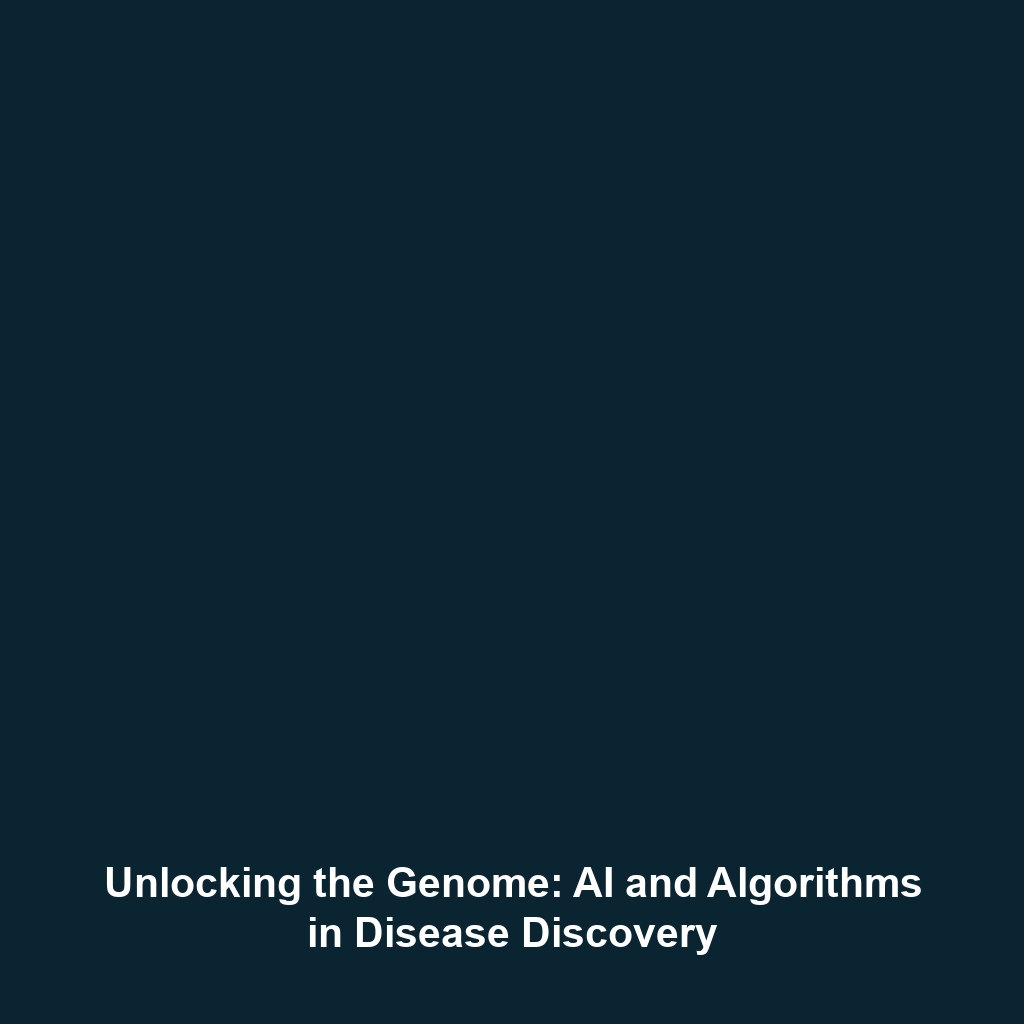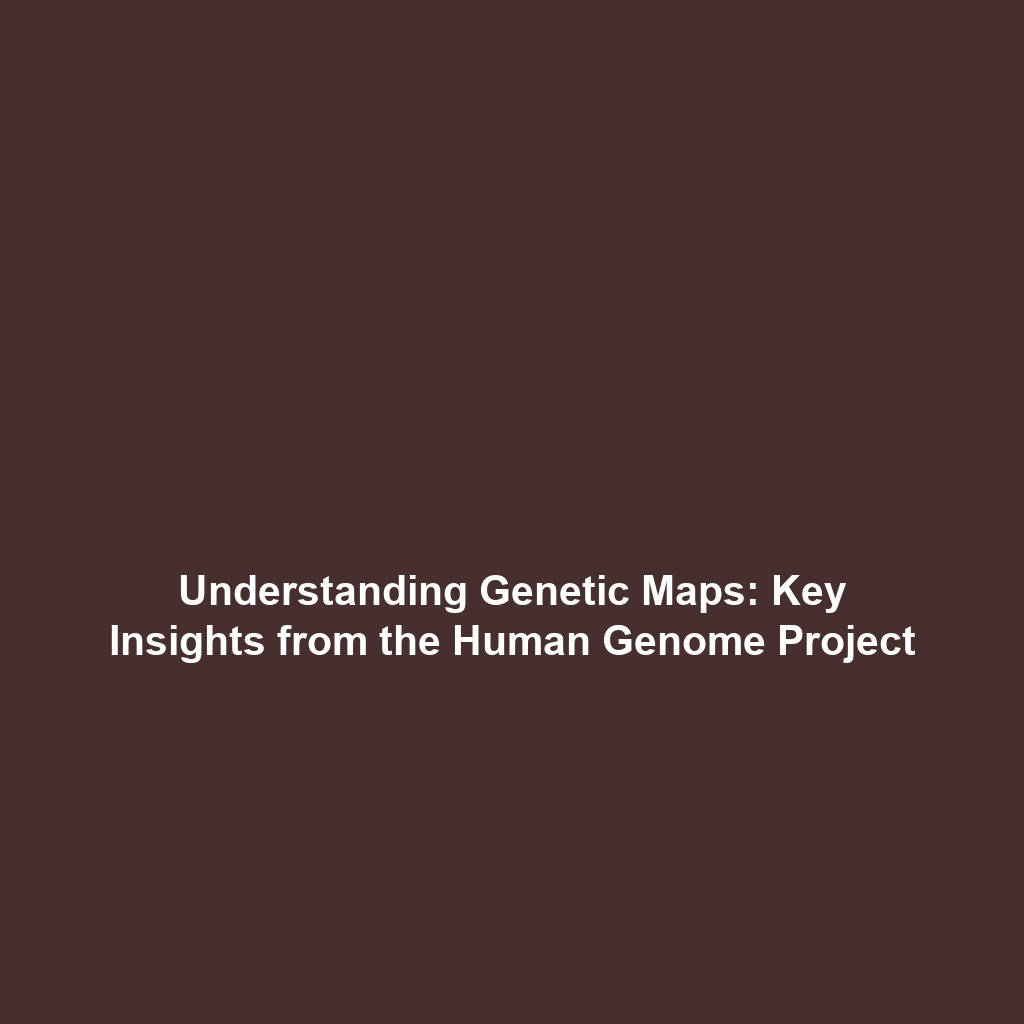Collaboration Between Humans and Robots: The Future of Human-Robot Teams
Introduction
As technology advances, the integration of humans and humanoid robots is becoming increasingly significant. The collaboration between humans and robots heralds a transformative era, where human-robot teams can enhance productivity, safety, and efficiency across various sectors. This synergy not only reshapes operational workflows but also paves the way for innovative applications in industries such as healthcare, manufacturing, and service. Understanding how these humanoid robots work alongside humans is essential to grasping the future landscape of robotics and automation.
Key Concepts
Understanding Human-Robot Collaboration
At the core of collaboration between humans and robots lies the concept of shared tasks and responsibilities. Essential principles include:
- Complementarity: Each entity brings unique strengths, optimizing performance.
- Communication: Effective interfaces and protocols foster seamless interaction.
- Trust and Safety: Establishing trust is vital for smooth collaboration, ensuring safer work environments.
Integration of Humanoid Robots
Humanoid robots, designed to mimic human appearance and behaviors, enhance the interaction experience. Their capabilities in performing complex tasks traditionally handled by humans make them ideal candidates for teamwork across many domains.
Applications and Real-World Uses
The implications of collaboration between humans and robots resonate significantly within the field of humanoid robots. Notable applications include:
- Healthcare: Robots assist medical professionals in surgeries and patient care areas.
- Manufacturing: Robots and humans work together on assembly lines to increase efficiency.
- Service Industry: Humanoid robots aid in hospitality, providing customers with personalized service.
These examples highlight how applications of collaboration enhance the capabilities of humanoid robots in diverse fields.
Current Challenges
Despite its advantages, collaboration between humans and robots faces several challenges:
- Technical Limitations: Current robotics technology may not sufficiently meet all operational demands.
- Ethical Concerns: Addressing the ethics of deploying robots in sensitive environments such as homes and hospitals is crucial.
- Training and Adaptation: Effective training for humans to work with robots remains a complex task.
Understanding these challenges of collaboration is essential for fostering effective human-robot partnerships.
Future Research and Innovations
Looking ahead, numerous innovations promise to enhance collaboration between humans and robots. Key areas of research include:
- Artificial Intelligence: Advancements in AI will enable humanoid robots to learn from interactions and improve independently.
- Adaptive Learning: Future robots may adapt to team dynamics in real-time, enhancing collaboration.
- Improved Sensors: Enhanced sensory perceptions will allow robots to interact more naturally with their human counterparts.
These breakthroughs will undoubtedly impact the trajectory of humanoid robots, revolutionizing the future of teamwork.
Conclusion
In summary, the collaboration between humans and humanoid robots signifies a vital aspect of evolving technology. As we advance, understanding the applications, challenges, and future innovations will be critical in harnessing this synergy effectively. For further reading on related topics, explore our articles on Healthcare Robotics and Robotics in Manufacturing. The future of human-robot teams holds promising prospects, and engagement with this field is more important than ever.









